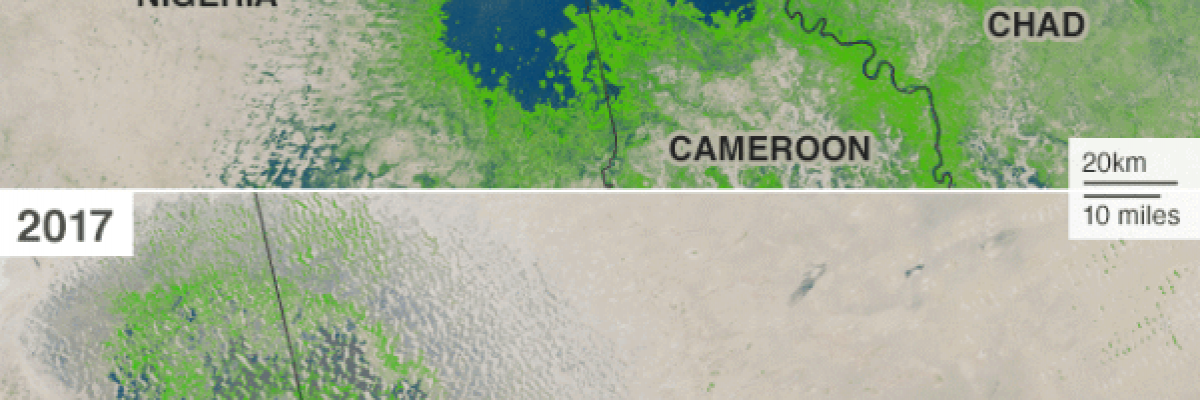Approximately 60% of Chad’s territory, the North African country located on the Sahara’s desert southern border, is desert. Less than 5% of the territory is arable. The water industry in the country, as in other African countries, is conducted without overall water utilization planning. This is the reason that the main water source in the country, Lake Chad, is disappearing, and its waters are undergoing a rapid salinity increase.
Lake Chad was the fourth largest lake in Africa and is shared by four countries. It receives fresh water input from two large rivers. It loses vast amounts of water by evaporation, water seeping into the dunes, and an increased rate of pumping for agricultural and domestic use. Despite the fact that it is the main source of water in the area, the lake also suffers from sewage pollution from neighboring communities. Additionally, climate change in the region accelerates the desertification process. This too causes vegetation overgrazing, which also reduces the amount of rainfall in the region.
NASA’s image below shows the shrinking of the lake in recent years. Once again, humanity is responsible for environmental damage, and we all pay the price.








